Barcoding-Free Multiplex Single-Cell Amplicon Sequencing
High-throughput single-cell sequencing is mostly based on the use of cell barcodes. However, in certain cases, it can be superfluous and impractical, as every cell needs to be presented with a unique set of DNA oligonucleotides. This is achieved by

Microbial Target Amplification in Semi-Permeable Capsules
The biological diversity of Earth is overwhelmingly microbial. Since the development of cultivation-independent molecular analysis techniques, we have witnessed a burst in the detection of previously elusive microbial taxa. The analysis of all DNA from...

Synthetic Fluorescent Probe Enables High-Throughput Droplet Screening for Polyesterases
Amid the global challenge of plastic waste, there is a growing urgency to explore eco-friendly solutions that address the accumulation and incineration of non-biodegradable polymers. Shifting toward polyester-based plastics and the large-scale cultivation...

New Quantitative Metrics for Assessing Ambient RNA Contamination in scRNA-seq
Droplet-based single-cell RNA-seq (scRNA-seq) is a widely adopted technique with high-throughput capabilities, essential for studying biological heterogeneity at single-cell resolution in fields like developmental biology, immunology, cancer research...

Enhancing Protein Production with High-Throughput Droplet Screening
Microorganisms like the baker's yeast Saccharomyces cerevisiae serve as valuable platforms for heterologous protein production, prompting extensive commercial and scientific endeavors to enhance the efficiency and yield of protein production and secretion...

Comparing Single-Cell ATAC-seq Methods
Single-cell assay for transposase-accessible chromatin by sequencing (scATAC-seq) is a technique employed to evaluate the accessibility of chromatin across the entire genome. It reveals the genomic regions responsible for gene regulation, offering profound...

Engineering Artificial Cells in Microfluidic Droplets
Fasciano S & Wang S, University of New Haven .
Summary prepared by Andréa Covey for Atrandi Biosciences. Artificial cells are synthetic, cell-like structures that are engineered to replicate essential biological functions. The goal is to create a

Preparing Single Cells for Long-Read Whole-Genome Sequencing
Long-read sequencing technologies have ushered in a new era of genetic discoveries by enabling a deeper exploration into the intricate architecture of genomes. To date, however, this technology has not been employed to comprehensively characterize the...

Using Droplet Microfluidics to Monitor SARS-CoV-2 Antibody Production Following Vaccination
The COVID-19 pandemic caused by SARS-CoV-2 has resulted in a devastating global health crisis, with millions of infections and deaths reported. To combat the virus, mRNA-based vaccines developed by Moderna and Pfizer-BioNTech were swiftly deployed worldwide...

Semi-Permeable Capsules Facilitate High-Throughput Spheroid Formation
Spheroids are three-dimensional aggregates of cells that more accurately reflect the cell morphology, viability, proliferation, stimuli response, drug metabolism, and gene expression of in vivo tissue than conventional two-dimensional cell cultures.

Novel Microfluidic Workflow Enhances the Sensitivity and Accuracy of Droplet-Based scRNA-seq
Over the past decade, the field of single-cell RNA sequencing (scRNA-seq) has witnessed a remarkable enhancement in its capacity to analyze and decipher the transcriptomes of individual cells. Central to this progress is the emergence and widespread...

Integrating Droplet Microfluidics and Artificial Intelligence
Droplet microfluidics has enabled investigators to generate and manipulate tiny droplets with remarkable precision in a high-throughput manner. However, efficient analysis of tens of thousands of droplets remains a challenge. The integration of artificial...

Utility of Protein Nanoparticles in Drug Delivery
Protein nanoparticles are ideal candidates for use as drug delivery systems due to their unique size and biocompatibility. However, current methods of generating nanoparticles may be high throughput but have poor control over size and uniformity. To...

Advancing Intestinal Microbiota Research with Microfluidics
The intestinal flora consists of almost 40 trillion bacteria, not including other microbes such as fungi and archaebacteria. These microbes play a crucial role in maintaining gut health. Studies have shown an imbalance in the gut microbiome, known as...

Preparation of Magnetic Chitosan Microspheres for Efficient Dye Adsorption
As environmental pollution continues to threaten the quality of available water resources around the globe, deploying technologies such as nano-adsorbants for water treatment is becoming a critical component of responsible and sustainable water management...

High-Throughput Screening for Improved Riboflavin Production
Riboflavin (vitamin B2) is an essential nutrient for human health. While humans cannot produce riboflavin, it is in food and is produced by microbes via fermentation. Thus, industrial production of riboflavin through Bacillus subtilis fermentation has...

Droplet Microfluidics Enhance Enzyme Catalysis
Microfluidic platforms have revolutionized the way biochemical experimentation is conducted. As versatile and highly efficient catalysts, enzymes play a crucial role in initiating, accelerating, and controlling a wide range of reactions in living systems...

High-Throughput Enrichment of Neutralizing Antibodies using Droplet-Based Functional Screening
Neutralizing antibodies (nAbs) are a feature of adaptive immunity that are produced in response to a pathogen beginning anywhere from a few days to weeks following infection. In some cases, such as with elderly or immunocompromised patients, there is...

Engineering Hydrogels for High-throughput Cancer Microtissue Fabrication and Drug Screening
The development of 3D cancer models has significantly reduced the time, cost, and labor involved in the drug discovery pipeline by accelerating the design, discovery, and validation of potential targets and drug compounds. The use of engineered matrices...

Transcriptomic Remodeling Induced by Radiochemotherapy
Radiochemotherapy (RCT) is a comprehensive and integrated treatment approach that combines the use of radiation therapy and chemotherapy to effectively target and combat cancer cells. The effects of RCT, however, are not limited to malignant cells but...
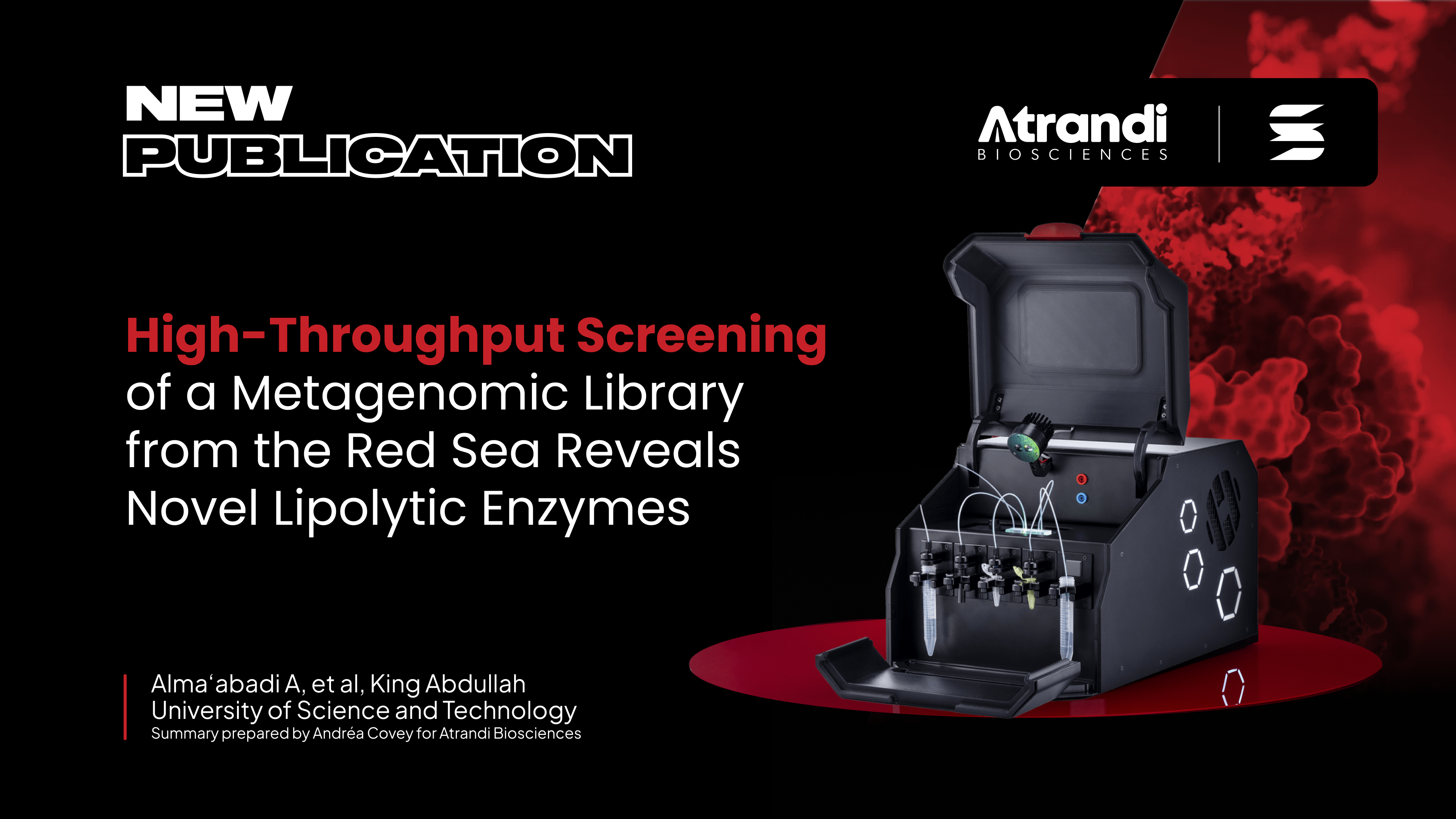
Screening for Novel Lipolytic Enzymes Using Droplets
Red Sea microbial life is subjected to extremely challenging environmental conditions, including high salinity, high temperature and pressure, and low nutritional resource availability. As a result, the microbial proteins that have evolved under these...

Applications of Microfluidics in the Development of Drug Delivery Systems
Drug delivery systems play a critical role in distributing therapeutic agents to targeted sites in the body for effective disease management. Nano- and microparticles have been engineered to carry drugs for their advantages such as increased drug stability...

Droplet Microfluidics Enables High-Throughput Sequencing of HIV Genomes and Integration Sites
Infection with the human immunodeficiency virus (HIV) involves the integration of the viral genome into host cells, which can lead to proviral latency in certain cellular populations, such as resting memory CD4+ T-cells. Despite effective antiretroviral...
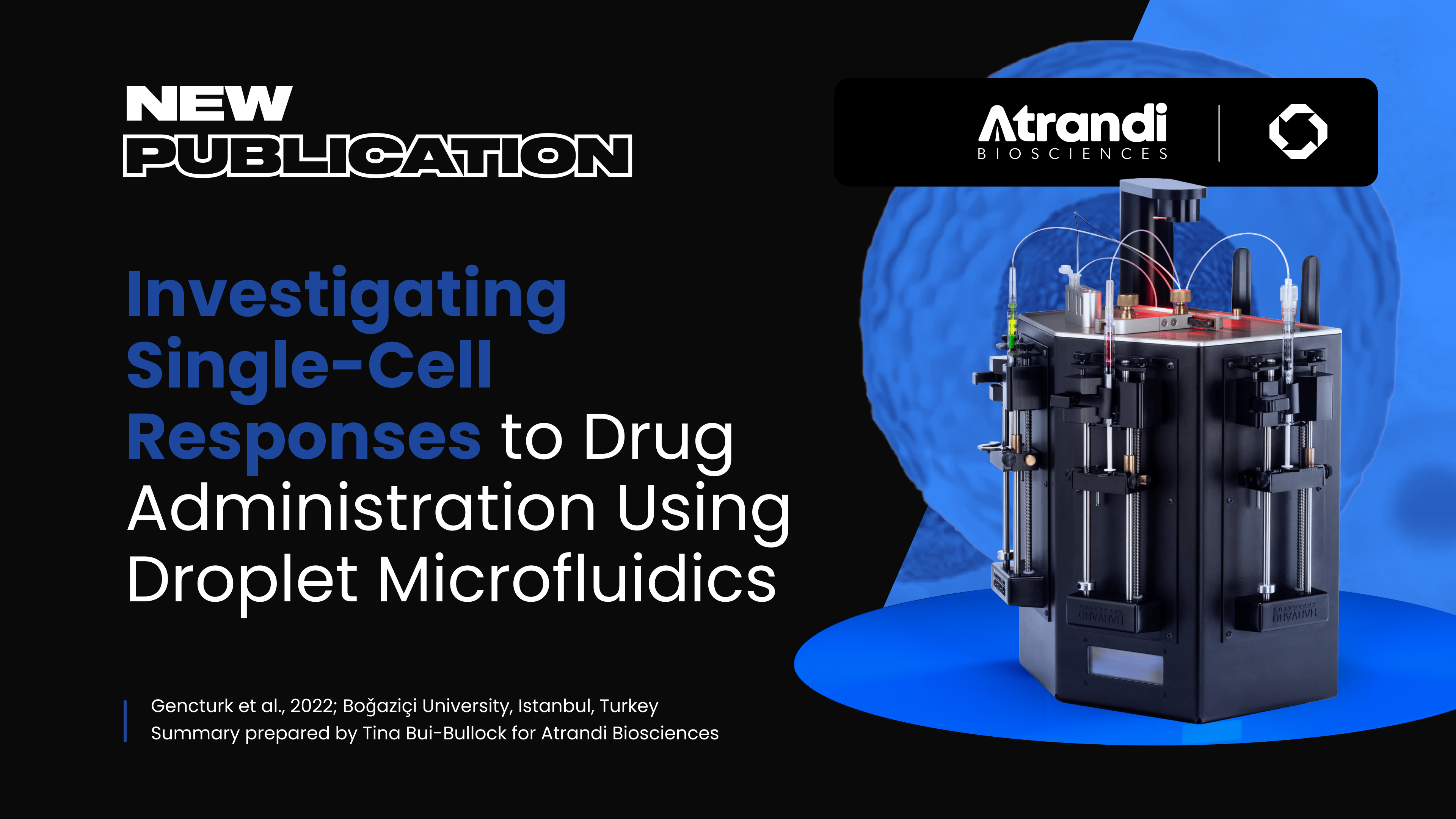
Single-cell Analysis Reveals Heterogeneity in Cancer Treatment
The innate immune system is the first line of defense against threats and relies on pattern recognition receptors (PRRs) to recognize conserved molecular structures of pathogens. Macrophages play a key role in this inflammatory response by activating...

New Approaches to Protein Engineering with HTS
Droplet microfluidics technology, based on reaction miniaturization into picoliter- to nanoliter-sized compartments, is revolutionizing a wide range of diverse scientific disciplines by facilitating the ultra-high-throughput analysis of samples at the...

Sec22b: A Critical Regulator of Plasma Cell Maintenance
Plasma cells (PCs) play a crucial role in humoral immunity by continuously producing and secreting antibodies. However, the mechanisms governing their secretory function and survival remain poorly understood. This knowledge gap hampers the development...

FRET-Based Antibody Discovery using Droplets
As monoclonal antibodies (mAbs) gain regulatory approval and widespread acceptance as a leading therapeutic option for the treatment of human diseases, there is a pressing need for new techniques and technologies that facilitate their rapid development...

Directed Evolution of High-yield Enzyme-producing Bacteria
Industrial enzyme preparations largely rely on microbes because of their ability to produce enzymes in bulk at a low cost, eco-friendly nature, ease of handling, and adaptability for product modification. Strategies incorporating genetic and process...
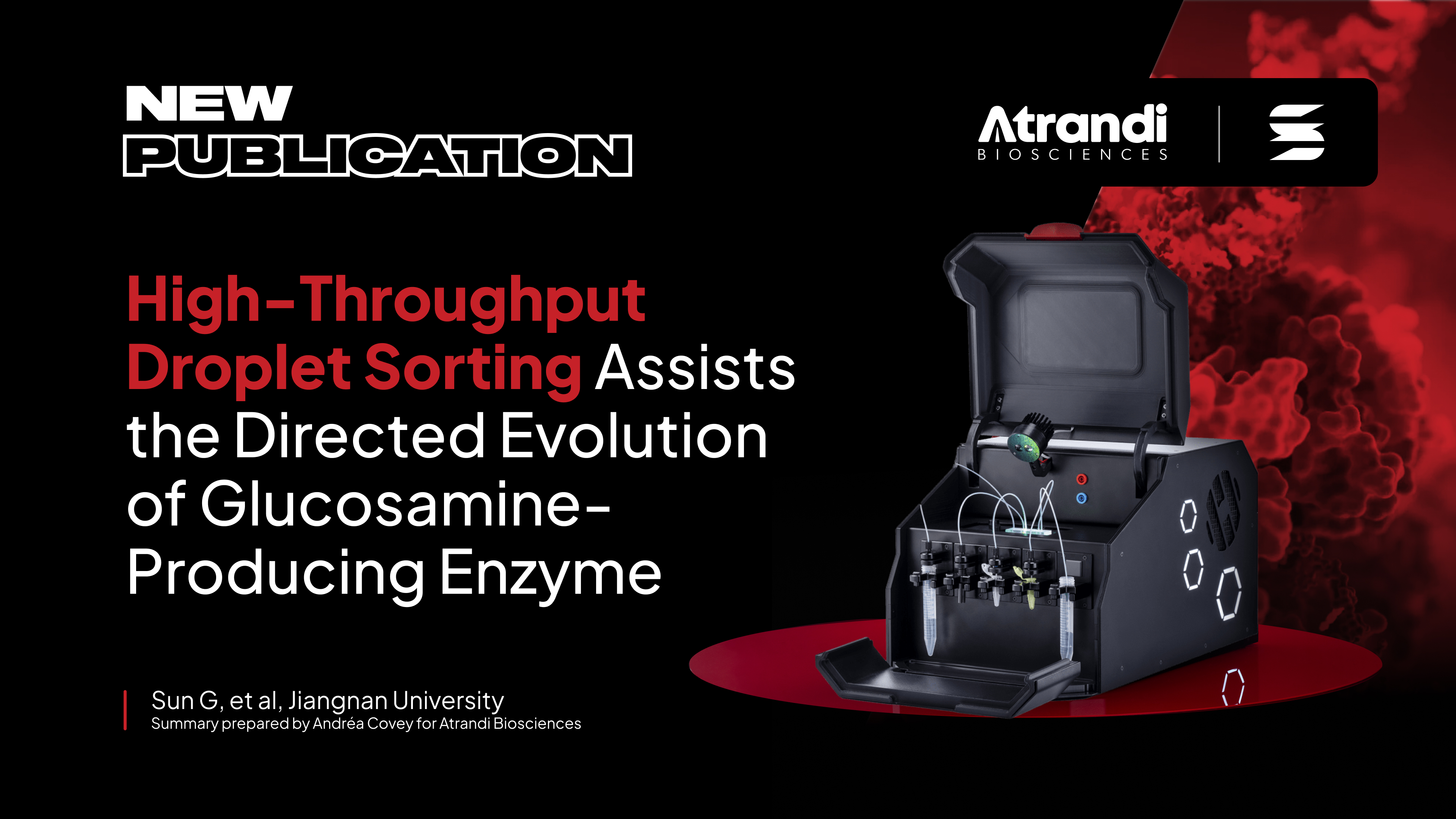
High-Throughput Droplet Sorting Assists the Directed Evolution of Glucosamine-Producing Enzyme
Glucosamine (GlcN) is an aminomonosaccharide that is produced naturally in the body from glucose and an amine. As a precursor to proteoglycans and glycosaminoglycans, the building blocks of cartilage, GlcN plays a key role in the maintenance of joint...
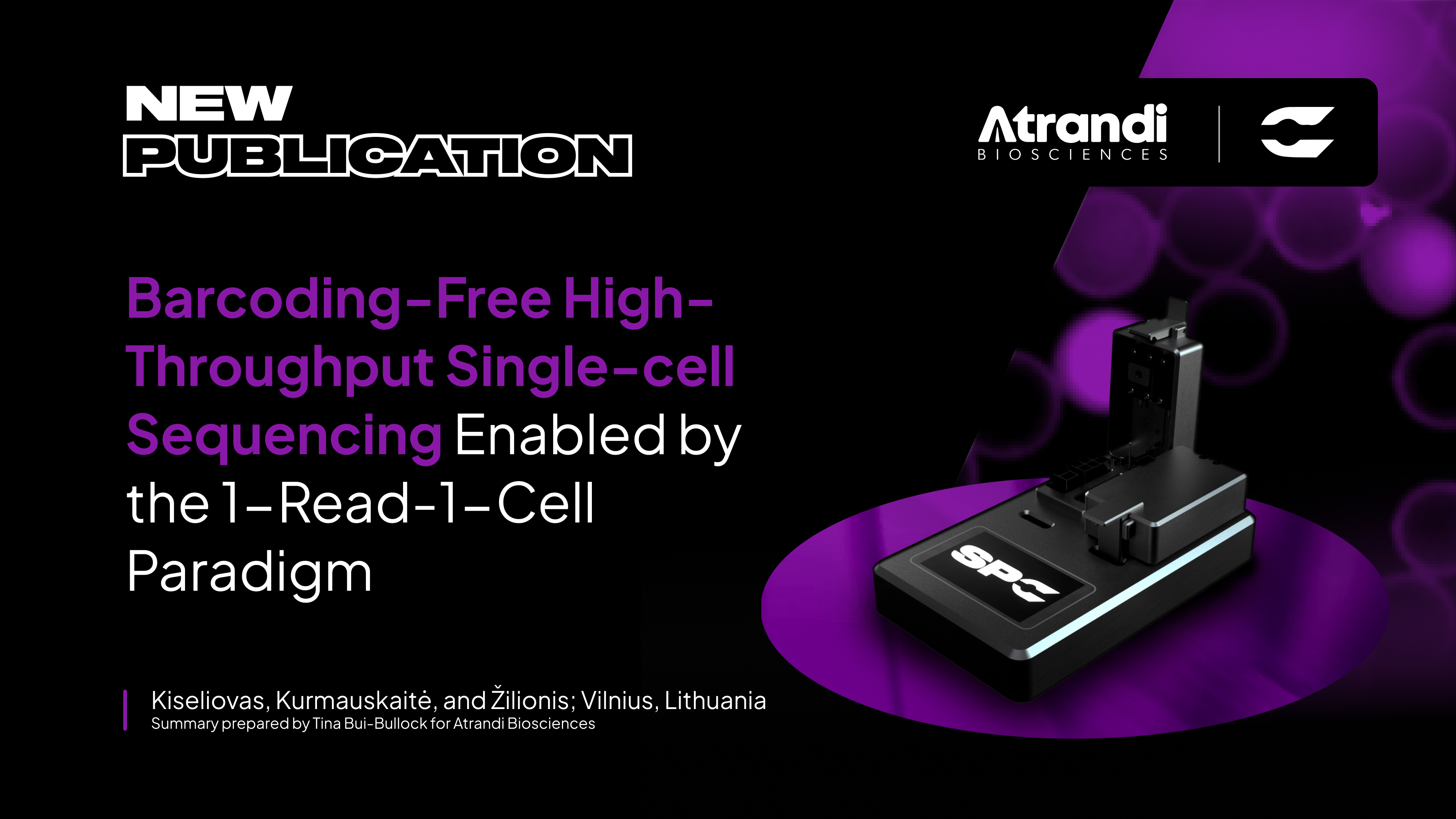
Barcoding-Free Single-Cell Sequencing
High-throughput single-cell sequencing has greatly advanced the field of genomics by allowing researchers to investigate cellular heterogeneity. However, the use of cell barcodes for identifying individual cells is limited by the cost and technical

Functional Screening using Fluorescence-Activated Droplet Sorting
Functional screening is a selection and sorting strategy based on the activity of a target molecule in its biological context. Depending on the nature of the target molecule, functional screening assays can be designed around diverse readout principles...

Ultra High-Throughput Single-Microbe Sequencing Using Semi-Permeable Capsules
Droplet microfluidic technology is an innovative approach that has revolutionized many areas of research, including microbial analysis. By compartmentalizing individual microbes into droplets, this approach enables researchers to perform highly sensitive...
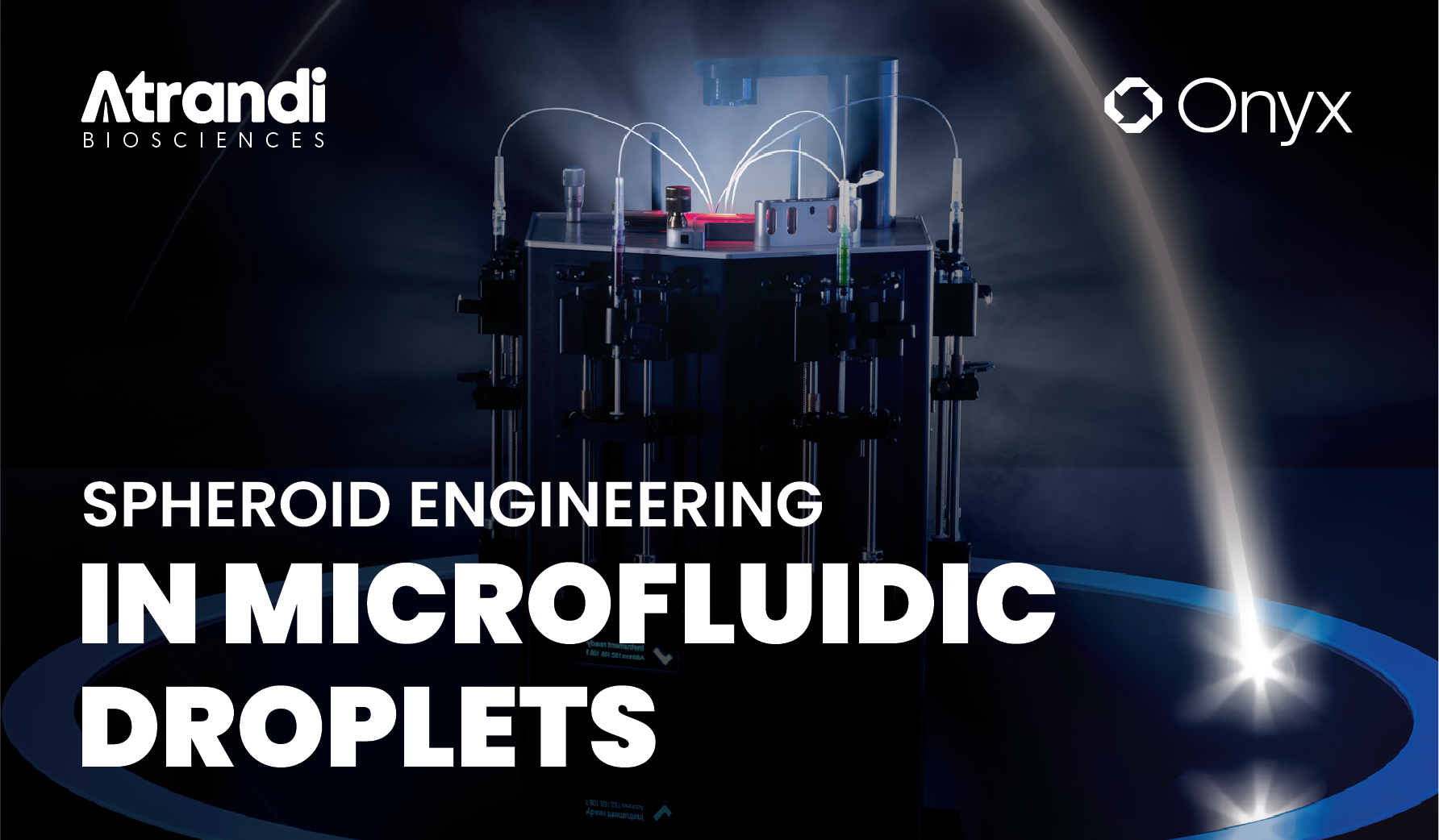
Spheroid Engineering in Microfluidic Droplets
Spheroid engineering in microfluidic droplets is an emerging area of research that combines microfluidic technology with tissue engineering principles to create 3D cell cultures. Spheroids are aggregates of cells that are cultured in vitro to mimic

Droplet-Assisted Cell Culture Method Improves Isolation of Functional Gut Bacteria
Recent developments in multi-omics technologies have spurred renewed research interest in resolving the complex contributions of the human gut microbiota to the maintenance of health and development of disease. Among the myriad chronic diseases that

Single-Cell Analysis Reveals Non-Random Genetic Reassortment in Influenza A Viruses
Seasonal influenza is a major public health threat worldwide due to frequent antigenic variations that lead to the emergence of novel and potentially fatal flu strains. The segmented RNA genome of influenza A viruses (IAVs) enables viral evolution through...

Droplet-Assisted High-Throughput Screening Selects Most Efficient Cell Factories
The efficient secretion of heterologous proteins by engineered bacterial host cells has both therapeutic and commercial applications, such as in the production of antibodies, growth factors, nanobodies, and high-quality protein food ingredients. Metabolic...

Selection of RNA Polymerase Mutants via Directed Evolution
The production of synthetic DNA molecules, such as single-stranded DNA (ssDNA) oligonucleotides, is essential to applications in molecular biology and bioengineering, for instance, as donor DNA for CRISPR-Cas9 genome editing, as scaffolding for DNA nanotechnology...

Using Microfluidics to Explore Cell-to-Cell Interactions
With the ability to easily separate, manipulate, tag, and sequence individual cells, droplet microfluidics technology has contributed to the rapid expansion and maturation of single-cell biological research. At the same time, the very small liquid volumes...

RNA cytometry of single-cells using semi-permeable microcapsules
The profiling of individual cells within a heterogeneous cellular population is vital to advancing research across numerous biological and biomedical fields. Unlike bulk methods, single-cell techniques can capture the full diversity of the cellular landscape...

Heterogeneous Activation of Inflammatory Response by Virus-Like Particles in Macrophages
The inflammatory response of macrophages is a principal component of innate immunity that assists in the clearing of harmful stimuli, such as pathogens and irritants, from the body. The inflammatory response may also play a role in the development of...
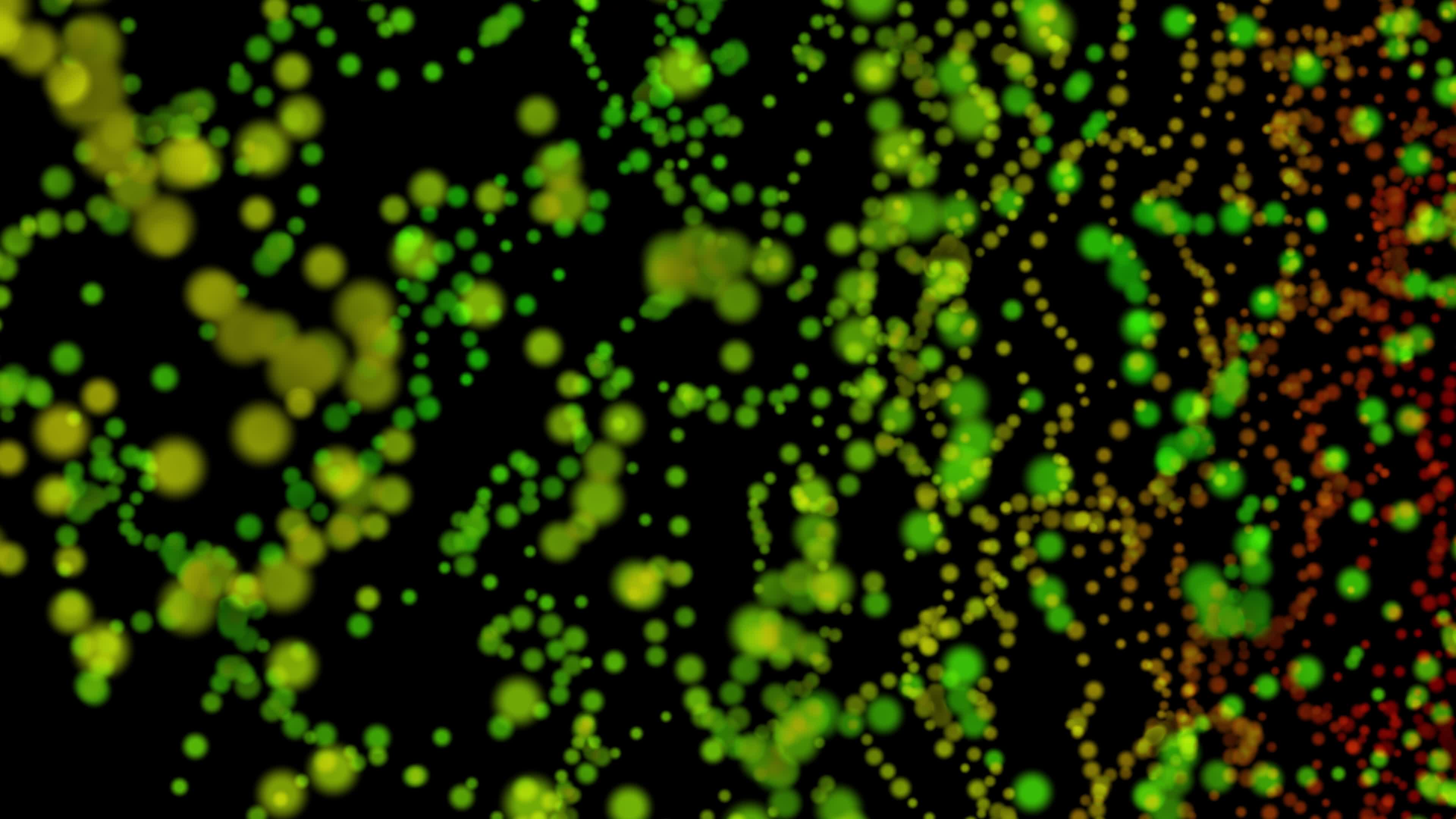
Fluorescence Assays Dominate Life Science Research
Drug screening long involved making a compromise between obtaining functional information and paying for it with low throughput, or settling for limited affinity information but in high throughput.
High-throughput functional screening (HTS) has solved...
